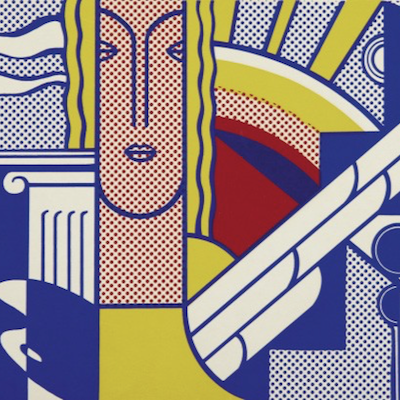
Details
Artist
Styles
Plexi box - Signed at the back // Boite à Cercles de Couleurs by Gregorio Vardanega, created in 1970, is an acrylic sculpture that exemplifies the artist's fascination with geometry and color. This piece, presented as a plexiglass box, features concentric circles in vibrant hues of blue, orange, red, and white, creating a dynamic visual effect. The sculpture plays with depth and perspective, inviting viewers to engage with its three-dimensional, optical illusion-like quality. Signed at the back, the work is part of a limited edition series, emphasizing its uniqueness and collectible value. Vardanega's work often explores kinetic and optical art, and this piece reflects his innovative approach to sculptural form and color interaction.
Boite à Cercles de Couleurs, 1970
form
Medium
Size
35 x 35 X 12 cm
- Inches
- Centimeters
Edition
Price
Details
Artist
Styles
Plexi box - Signed at the back // Boite à Cercles de Couleurs by Gregorio Vardanega, created in 1970, is an acrylic sculpture that exemplifies the artist's fascination with geometry and color. This piece, presented as a plexiglass box, features concentric circles in vibrant hues of blue, orange, red, and white, creating a dynamic visual effect. The sculpture plays with depth and perspective, inviting viewers to engage with its three-dimensional, optical illusion-like quality. Signed at the back, the work is part of a limited edition series, emphasizing its uniqueness and collectible value. Vardanega's work often explores kinetic and optical art, and this piece reflects his innovative approach to sculptural form and color interaction.
What is late modernism?
Late Modernism refers to the continuation and evolution of Modernist principles in art, architecture, and literature from the mid-20th century into the late 20th century. This movement maintains a focus on form, abstraction, and the rejection of traditional styles, but it often incorporates more complexity and ambiguity compared to early Modernism. Late Modernism explores themes such as alienation, identity, and the fragmentation of reality, reflecting the social and cultural shifts of the post-war period. It is seen in the works of architects like Louis Kahn and artists like Francis Bacon, who pushed the boundaries of Modernism while responding to the changing world around them.













